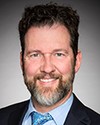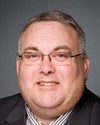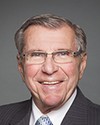All right. I can see that. Wait until they run for public office, or make a decision that their spouse disagrees with, for that matter. Are we in camera?
On the question of the dual majority, we had a similar process for the referendum in Ontario on multi-member proportional, and there was a requirement that a 60% majority be achieved. I can't remember if there was a majority-of-seats requirement. It didn't matter in practice, because fewer than 40% voted in favour of the referendum.
What's the general feeling out there, if there is a general feeling out there in British Columbia, on the merits of having two protections, two hurdles that had to be met in addition to an overall provincial majority? Is it now seen as being a good idea or a bad idea, all things considered?



